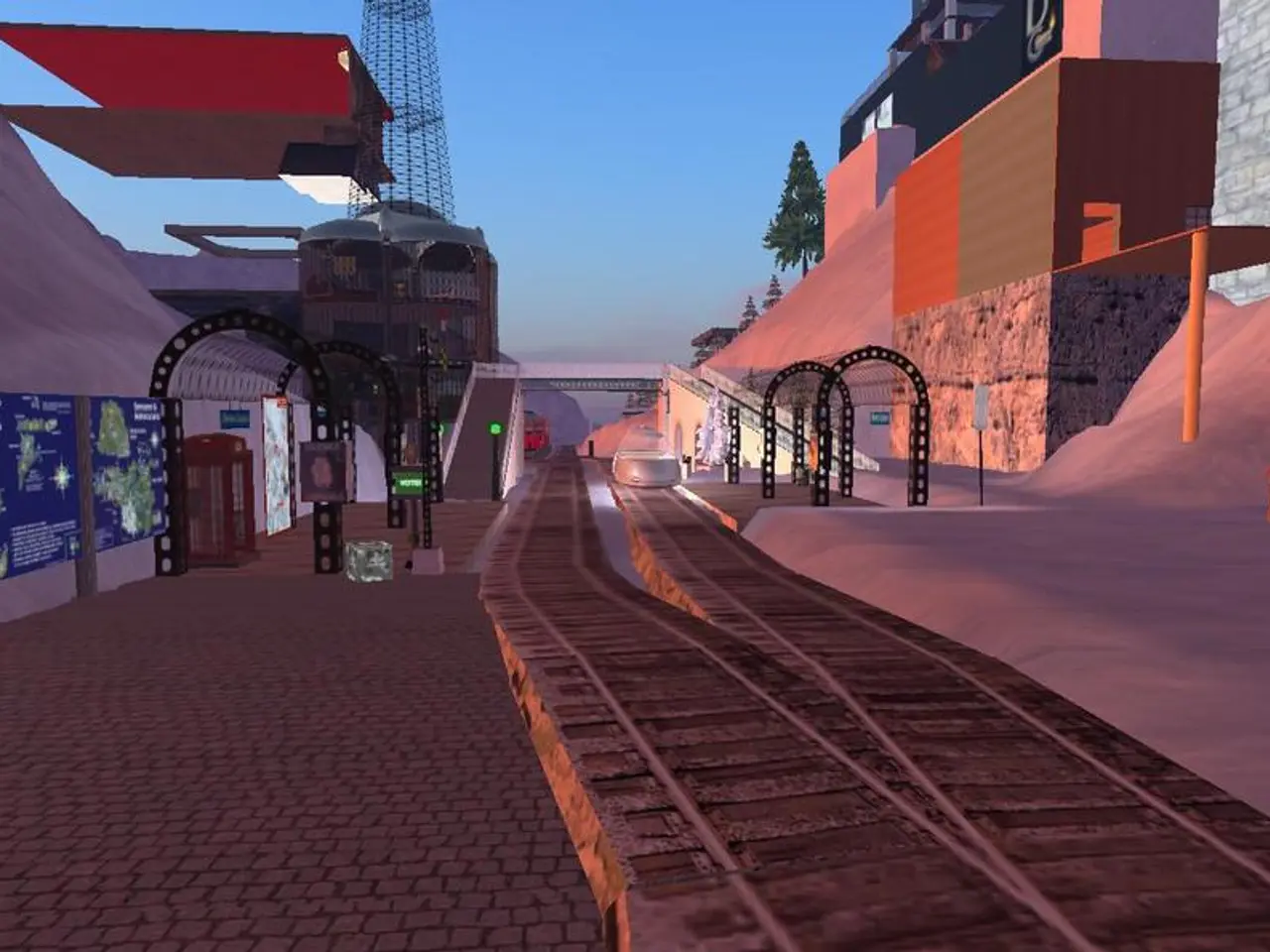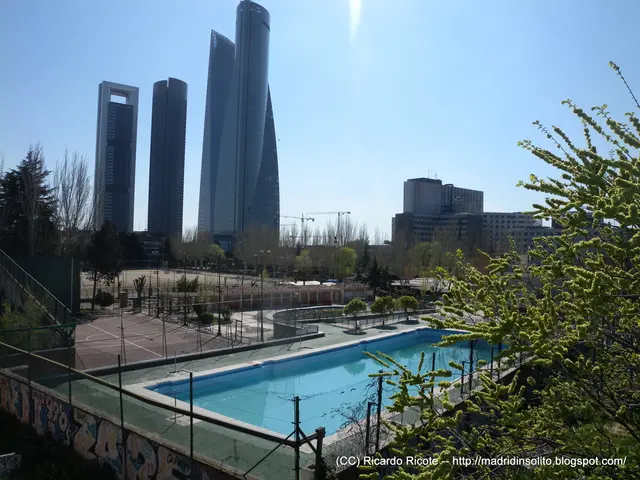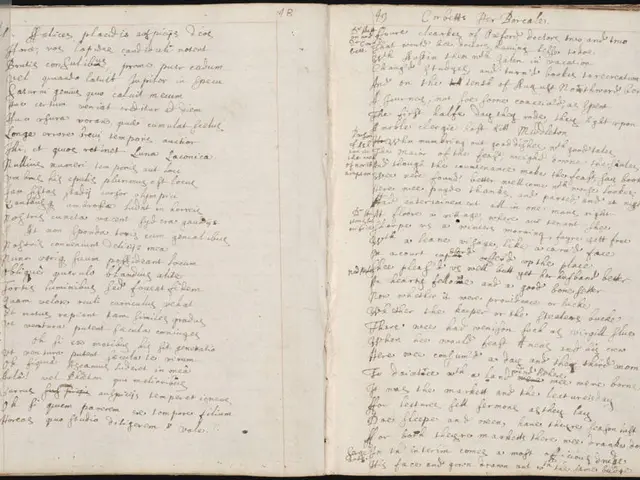Historic Denver Union Station, built in 1914, now houses the high-end Crawford Hotel and offers dining at 10 various eateries.
Revitalized Union Stations Transform into Vibrant Hubs Across America
In cities across the United States, historic train stations have been meticulously restored and repurposed, becoming vibrant hubs for culture, dining, and transportation.
One such example is Kansas City's Union Station, which experienced a period of decline after World War II. However, a historic bi-state sales tax and a commitment to renovation transformed it into a facility accommodating more than just trains. Today, it houses a kid-focused science museum, a planetarium, restaurants, and a movie theater with a five-story-tall screen.
Similarly, the Union Station in Washington, D.C., completed in 1908, is a beaux arts structure and a grand entrance to the nation's capital. After an $8.8 billion modernization upgrade, it will transform into a hub for high-speed rail.
Chicago's Union Station, completed in 1913, is the central hub for long-distance train travel in the U.S. Its curved skylight that spans the full length and width of the Great Hall's ceiling is a highlight. After a $22 million renovation that wrapped up in 2019, the Great Hall boasts travertine columns, hexagonal medallions, and gilded statues called Night and Day.
Denver's Union Station, a beaux arts beauty, has undergone several restorations over the last century. It is now a model for other train stations in the U.S., housing the luxurious Crawford Hotel, one of only three hotels in Denver awarded a Michelin Key. The station also contains a food hall with bars serving cocktails and Colorado craft beers, as well as restaurants, including Iberian-themed Ultreia.
Los Angeles Union Station, built in 1939, is the largest train terminal in the western U.S. An eight-year-long restoration revealed a ceiling with stencils of California wildflowers in the Entry Vestibule. The Waiting Hall is an art deco masterpiece, featuring a painted beamed ceiling, 30-foot-tall windows, and six 3,000-pound bronze chandeliers.
Philadelphia 30th Street Station, built in a grand scale, is a mix of art deco and neoclassical architecture. Its renovation project, expected to finish in 2027, will brighten its Alabama limestone facades and introduce a new food hall.
In addition to these cities, St. Paul in Minnesota and other locations have also repurposed their Union Depots with uses beyond transportation, serving as hotels, museums, and food halls. Grand Central Terminal in New York City, inspired by ancient Roman baths, features a vaulted plaster ceiling painted with the 12 constellations of the zodiac and 2,500 stars in gold leaf.
A new train hall is currently under construction next to the historic one in Union Station, Washington, D.C., designed to better connect with buses and other forms of public transit. This continued evolution of historic train stations in the U.S. underscores their importance as cultural and transportation landmarks.
Read also:
- Understanding Hemorrhagic Gastroenteritis: Key Facts
- Stopping Osteoporosis Treatment: Timeline Considerations
- Expanded Community Health Involvement by CK Birla Hospitals, Jaipur, Maintained Through Consistent Outreach Programs Across Rajasthan
- Abdominal Fat Accumulation: Causes and Strategies for Reduction







